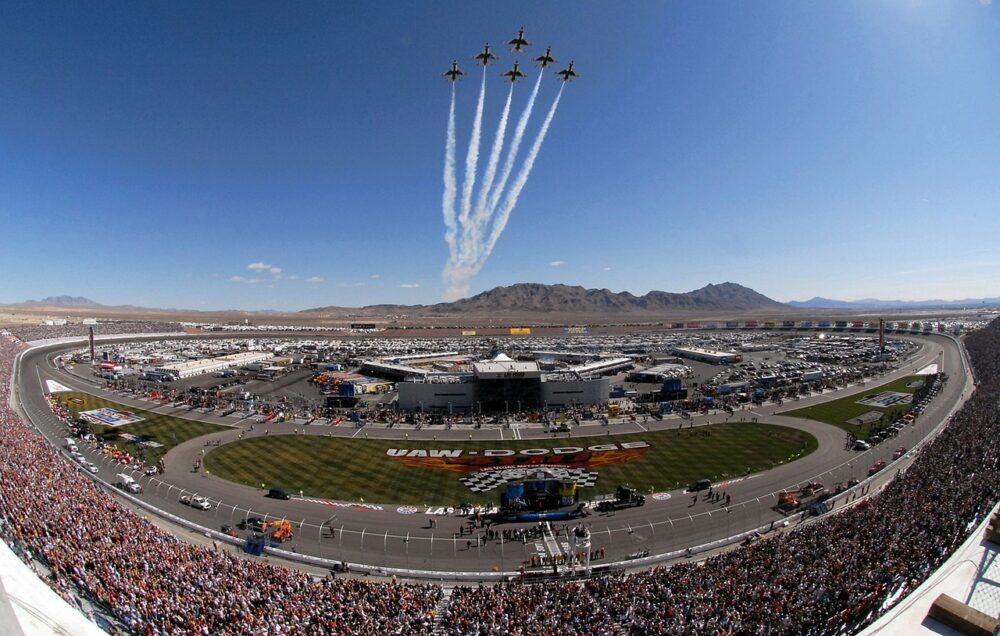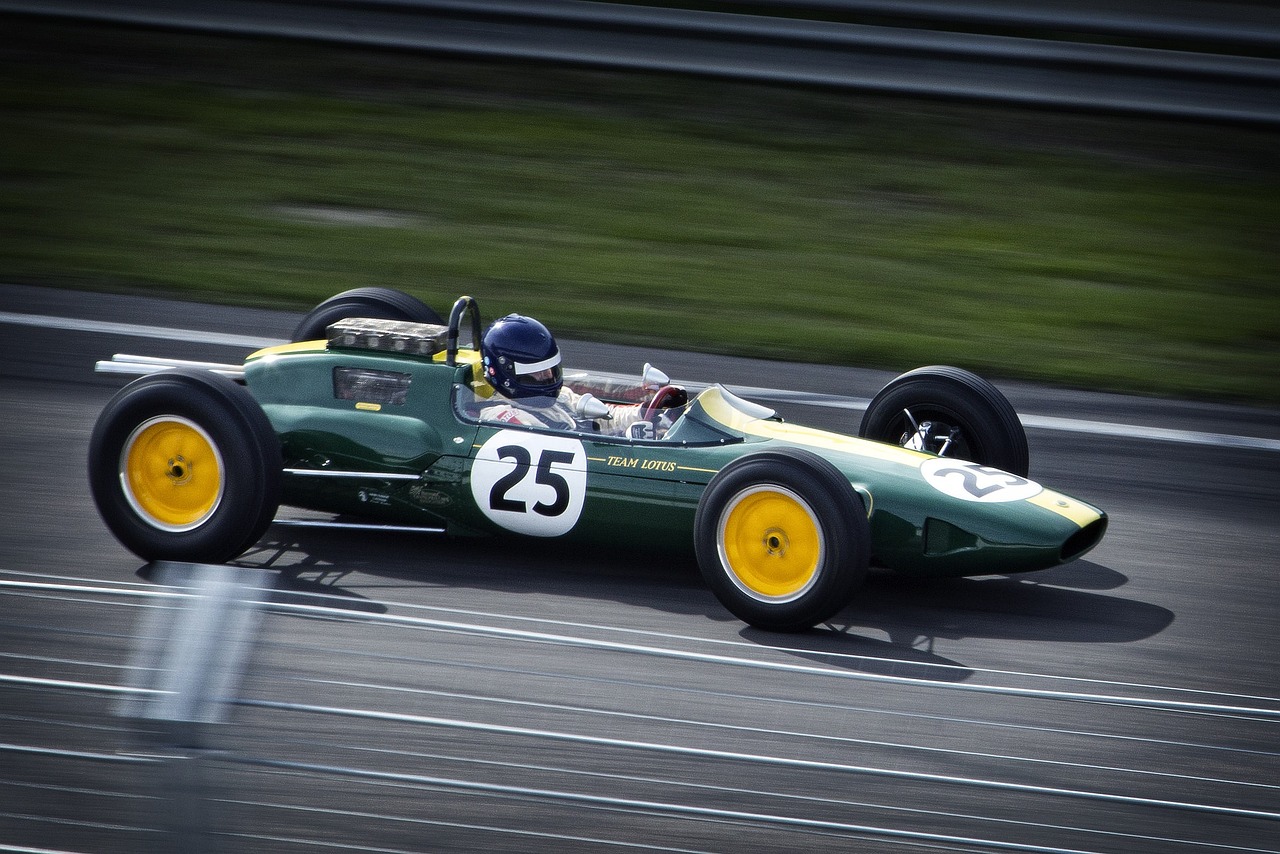Formula 1 has always been a showcase for cutting-edge technology, extreme speed, and driver skill. Traditionally, F1 races take place on dedicated race tracks specifically designed to test the limits of the cars and drivers. However, the concept of bringing F1 racing to real roads is an enticing prospect for many motorsports enthusiasts. In this article, we will explore the potential challenges and advantages of holding Formula 1 races on real roads, and how this idea could revolutionize the world of motorsports.
Challenges of Bringing F1 Racing to Real Roads
Safety: One of the primary concerns of organizing F1 races on real roads is safety. Dedicated race tracks have been designed with ample runoff areas, tire barriers, and other safety features to minimize the risk of accidents. Real roads, on the other hand, may lack these safety measures, making it more challenging to ensure the safety of drivers, spectators, and local residents.
Road Conditions: Race tracks are meticulously maintained to provide a smooth and consistent surface for F1 cars. Public roads are typically not held to the same standards and may have uneven surfaces, potholes, or debris, which could negatively impact the performance of F1 cars and increase the risk of accidents.
Logistics: Organizing an F1 race on real roads would require significant planning and coordination with local authorities. Road closures, traffic rerouting, and other logistical challenges would need to be addressed to minimize disruption to local residents and businesses.
Advantages of F1 Racing on Real Roads
Accessibility: Holding F1 races on real roads would bring the excitement of motorsports closer to fans who may not have access to traditional race tracks. This could help broaden the appeal of F1 racing and attract new audiences.
Unique Racing Experience: Racing on real roads could provide drivers with a unique and exhilarating challenge, as they navigate unfamiliar terrain and adapt their driving strategies accordingly. This added element of unpredictability could make races more exciting and engaging for both drivers and spectators.
Iconic Locations: Racing on real roads would allow F1 cars to speed through iconic cities and landscapes, creating a visually stunning spectacle and a fantastic marketing opportunity for the sport.

Real Road Racing: Concept to Reality
The idea of holding F1 races on real roads is not entirely new. The Monaco Grand Prix, held on the streets of Monte Carlo, is a prime example of a successful race that takes place on public roads. However, to bring F1 racing to more real road locations, several steps would need to be taken:
Collaboration with Local Authorities: F1 organizers would need to work closely with local governments to address safety, logistical, and environmental concerns.
Road Modifications: In some cases, it may be necessary to modify or upgrade public roads to meet the safety and performance standards required for F1 racing.
Public Support: Engaging with local communities and businesses will be crucial to garner support for F1 races on real roads. This could include organizing promotional events and offering economic incentives to offset potential disruptions.
Embracing New Possibilities in F1 Racing
The future of Formula 1 racing on real roads holds immense potential for redefining the sport as we know it. By pushing the boundaries of traditional racing, F1 can continue to captivate audiences and attract new fans, while challenging drivers to adapt and excel in dynamic environments. Moreover, as electric and sustainable technologies advance, F1 races on real roads could also contribute to the evolution of urban mobility and inspire innovative solutions for greener transportation. Ultimately, embracing the possibilities of F1 racing on real roads could lead to a new era of motorsports that combines speed, excitement, and sustainability in a unique and exhilarating way.
Building Global Connections Through F1 Racing on Real Roads
Formula 1 has long been a symbol of international collaboration, bringing together teams, drivers, and fans from around the world. By expanding F1 racing to real roads in diverse locations, the sport can further strengthen global connections and promote cultural exchange. As F1 cars race through the streets of cities steeped in history, they will not only create unforgettable spectacles but also offer opportunities for local communities to showcase their heritage, traditions, and innovation. In this way, F1 racing on real roads can serve as a catalyst for positive change, fostering unity, and driving progress both within and beyond the world of motorsports.
The concept of Formula 1 tracks on real roads presents both challenges and opportunities for the world of motorsports. While safety and logistical concerns must be addressed, the potential benefits of increased accessibility, unique racing experiences, and iconic race locations make this idea worth exploring. With careful planning, collaboration, and public support, F1 racing on real roads could become a thrilling reality for fans and drivers alike.






